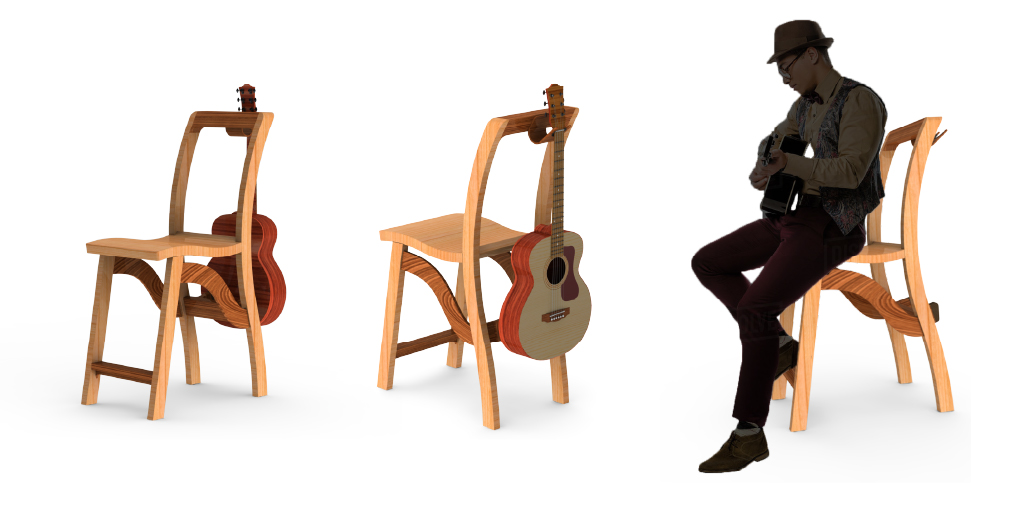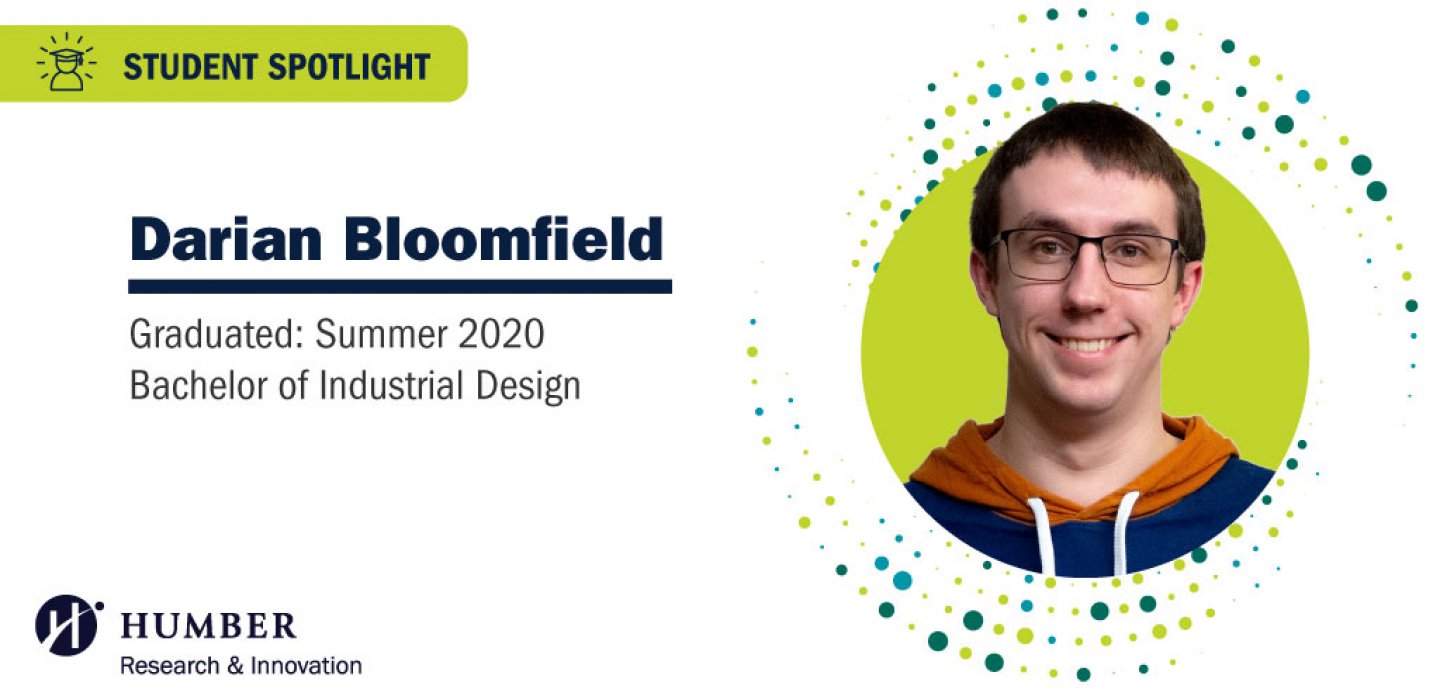An undeniable and glaring eye-opener is the importance of developing the much-needed critical thinking skillset and a creative and innovative mindset to tackle, survive and thrive in a post-pandemic reality. As a global leader in polytechnic education, Humber Institute of Technology and Advanced Learning has clearly defined Pillar #1: Career-Ready Citizens as a priority in developing 21st century skills in the Strategic Plan 2018-2023. The institutions learning outcomes outlined in the HLO Framework, incorporate these essential skills and guide curriculum development that builds these very competencies required for our students to succeed in the real-world.
At Humber’s Office of Research and Innovation, we are committed to supporting and working closely with our faculty and researchers as they strive to impart knowledge through experiential learning opportunities and immerse students in discovering and refining their skillsets.
We reached out to a few Humber students, recent graduates and research assistants working alongside faculty on projects that are mutually beneficial to the institution, to faculty and students alike, and to our industry and community partners. Today, we highlight the success of one such student, who shares his experience while working on an industrial design prototype that helped him understand the value of migrating from STEM to STEAMS.
Darian Bloomfield, Graduated: Summer 2020, Bachelor of Industrial Design
The Enchanted Object Project
Towards the end of the final semester, students of the Bachelor of Industrial Design Program were given a condensed project in their Industrial Design Practices-2 course (iDSN 4500) facilitated by Professor Dennis L. Kappen, PhD, and Professor Glenn Moffatt, to embark on; this was in addition to their final thesis and capstone project. The project focused on interweaving the significance of enchantment in the design of everyday objects while imbibing inspirations from the intersection of design and culture. Instead of the usual expectation of designing a product within a specific problem, students were asked to bring to class an enchanted object or an object of value to them. They were asked to define the things that made that object valuable and design a product/prototype that embraced and reflected those values.
Darian shares that though this was initially uncomfortable, he found himself deep in thought and really reflected on the objects that have sentimentality to him. He named his project ‘Harmony’ and chose his ‘Acoustic Guitar’ as the enchanted object. The values associated with the guitar were articulated as creating memories and connections, reduces stress, developing artistic skills, first big purchase while in college and learning to play the guitar with his father.
Students were prompted to adopt the ‘How Might We’ methodology for problem definition–the first step in the design thinking process. Design thinking is a critical part in the human-centred approach to innovation–from problem definition to prototyping, from identifying a challenge to brainstorming innovative solutions, from experimenting to implementing the right one that empathetically caters to user’s needs. Importantly, design thinking is part of the HLO Skills in Action: “Innovation”.

Darian’s problem definition statement read: “How might we create a space for storage and performance that enhances both aspects of the guitar?”
Darian shares that he designed an ergonomic chair to complement the guitar; a chair with a bent plywood hook to store the guitar, padded bumpers to stop the guitar from dangling and hitting the legs, a footrest to easily position oneself while playing the guitar, a chair taller than standard and shorter than bar stools. In his research, Darian focused a lot on the semantics; how the visual aspects of a product evoke different emotions. Throughout his design process, Darian mentions that though he was limited in coming up with any ground-breaking innovative ideas for the chair, he could add meaning to the chair in the way the aesthetics played a part. The curves of the chair resembled that of the guitar, including the two-tone wood colour. Darian’s design process was inspired by past conversations with his father who often exclaimed that he found it frustrating looking for the perfect guitar chair.

As part of the Industrial Design program’s work placement, Darian had the opportunity to intern for PragerNuForm, Mississauga, ON, who are known for their design and manufacturing knowledge in custom building retail fixtures and Point of Purchase displays. As soon as he graduated, he was gladly hired full-time, and Darian now works as Design and Development Engineer at PragerNuForm.
Darian was quick to acknowledge that the skills he developed at Humber greatly assisted him in transitioning to a workplace environment. We wish Darian the very best!
Students, we want to hear from you. How has a project, research or investigation propelled and prompted you to develop your critical thinking, problem-solving and creative skills? You are a researcher and an innovator and we want you to share your story with us. Reach out to us via research@humber.ca and please state “EVERYDAY INNOVATORS” in the subject line.
